Ann Shelton interviewed by Joy Garnett
Art by Ann Shelton
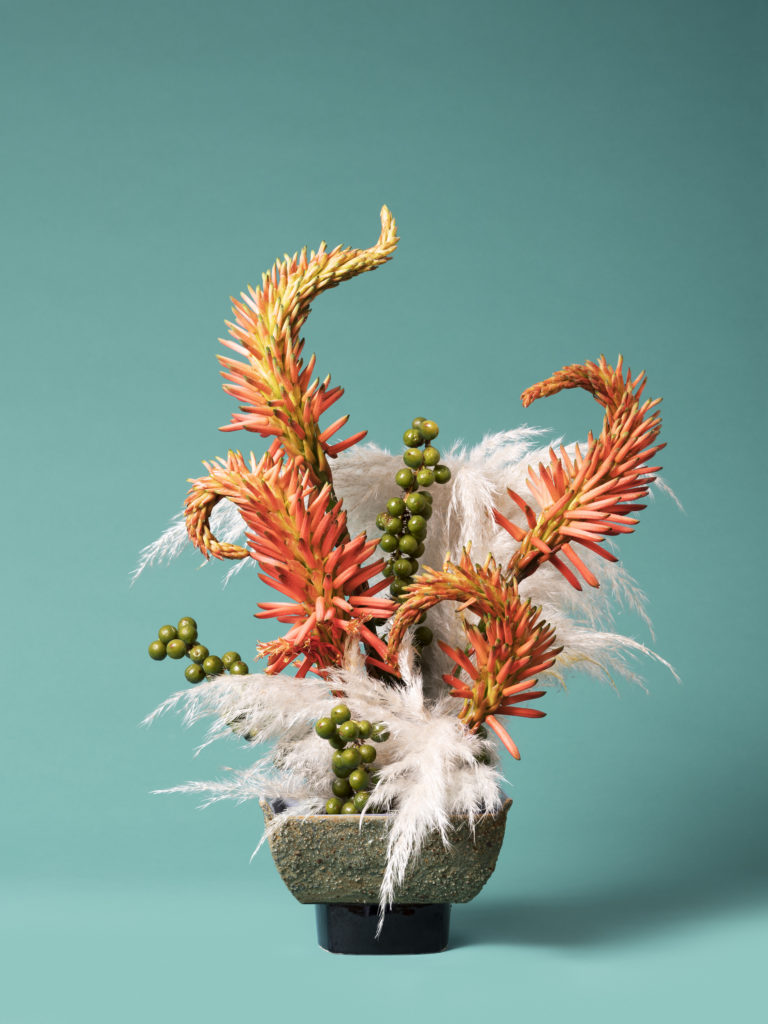
Joy Garnett: Please give us some background about yourself and your development as a photographer: How did you come to be interested in exploring the relationship between photography and violence and the viewer in your work?
Ann Shelton: I grew up in small-town Aotearoa New Zealand, in the South Island, where the landscape is complex and profoundly beautiful. I had access to the coveted lands of the Southern Alps and Otago, which have now famously been exported to the rest of the world through digital and cinematic narratives. In contrast to this ‘blockbuster’ setting is the particular cultural context I experienced then, one that alienated young women, indigenous peoples and “Southern” or “Antipodean Gothic”, is not so much castles as car wrecks, and a wealth of bogans rather than witches. It was and is a violent, isolated, conservative place, which actively represses narratives it doesn’t wish to confront. I guess my work is all about ripping the scab off those omissions, pulling knowledge that’s just under the surface back into circulation.
Photography is a bit of a bitch. It has been a willing accomplice in this whole imperialist project. Photography, of course, is imperialist by its very nature, tied to colonising and capitalist technological development. But photography can also be used against imperialist ideology. It has an agency and a power that does not necessarily come from where you would expect, and it can be wielded in unique and emancipatory ways. It is this duality that got me interested in the medium as an artist and it has kept me engaged all this time.

JG: Tell us about the title for this series, jane says.
AS: The Jane in my jane says (2015 – ongoing) is Jane Doe: no one knows who she is or what happened to her. She is at once every woman and an anonymous or unknown woman. She is also the Jane in the Jane’s Addiction song of the same name, who is leaving and taking back control of her life: “Jane says, ‘I’m done with Sergio/He treats me like a ragdoll’.”
JG: I am interested in how this work fits in with the rest of your work. Does it represent a shift or is it a direct development of your earlier work?
AS: Plant narratives that unlock obscured knowledge systems or suppressed histories were critical to my work prior to and since the jane says series, so in this sense, the work does manifest a logical trajectory. It also intersects with broader recurring themes such as female positions outside of societal convention, women’s mental health, addiction, the care of illegitimate children in colonial times through the practice known as “Baby Farming”, and the abduction of young women from public places – subjects I have explored in my previous bodies of work.
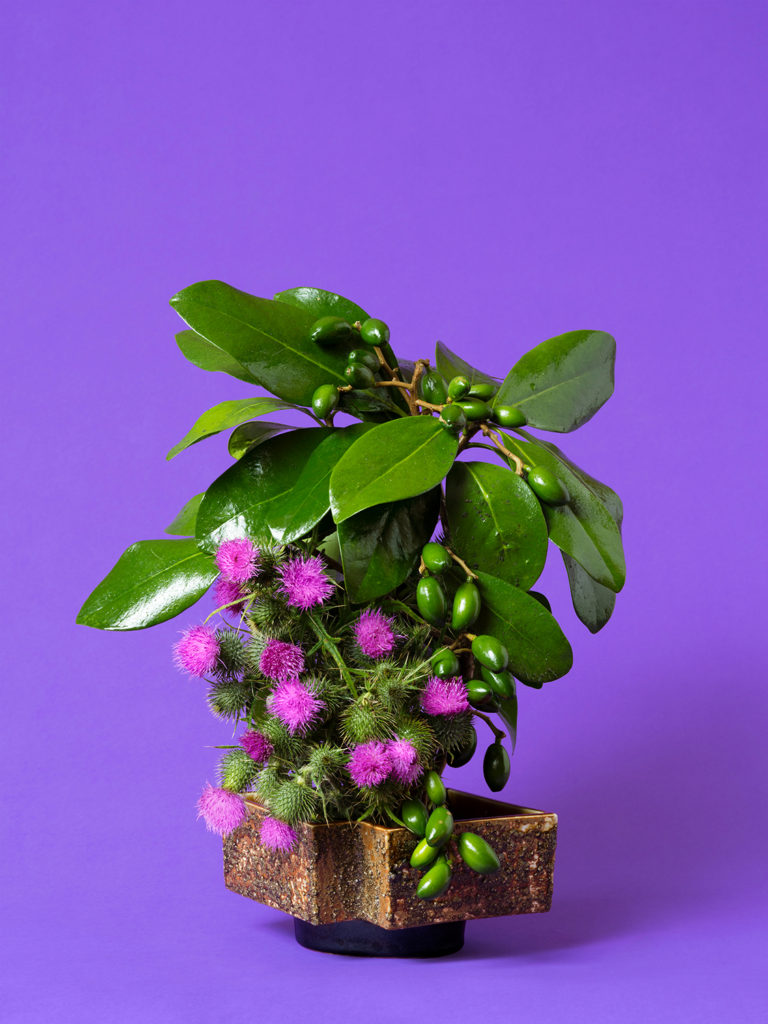
JG: Was the idea for this project sparked by discoveries made while conducting research, or by what’s happening right now in the world? What place do these photographs occupy in the current debates and restrictions around reproductive health and the control of women’s bodies? Did you create them with these debates in mind, or was it more about the historical arc of resistance and control?
AS: Before coming up with the detailed concept for this work, I had been reading a book by Margaret Sparrow, the trailblazing women’s health activist and founder of Family Planning New Zealand (our equivalent of your Planned Parenthood) on the history of abortion in colonial New Zealand. The book foregrounded colonial women’s experiences and their loss of life, mostly through historical research, obituaries, advertising, police reports, etc. It unpacked and chronicled the concoctions sold for ‘women’s problems’, the risks women took, and the consequences of botched attempts at birth control and abortion through desperate and illegal means. So the thinking around the work comes from and engages body politics and reproductive rights. It is made with this whole area of discourse, legal, experiential, and otherwise, front of mind.
This set off a train of thought that engaged several existing research areas, trauma, violence, a critique of conventional gender positions, and my interest in confounding and complicating contemporary Western culture’s rigid interpretation of what plants are, what they are capable of and what they are for.
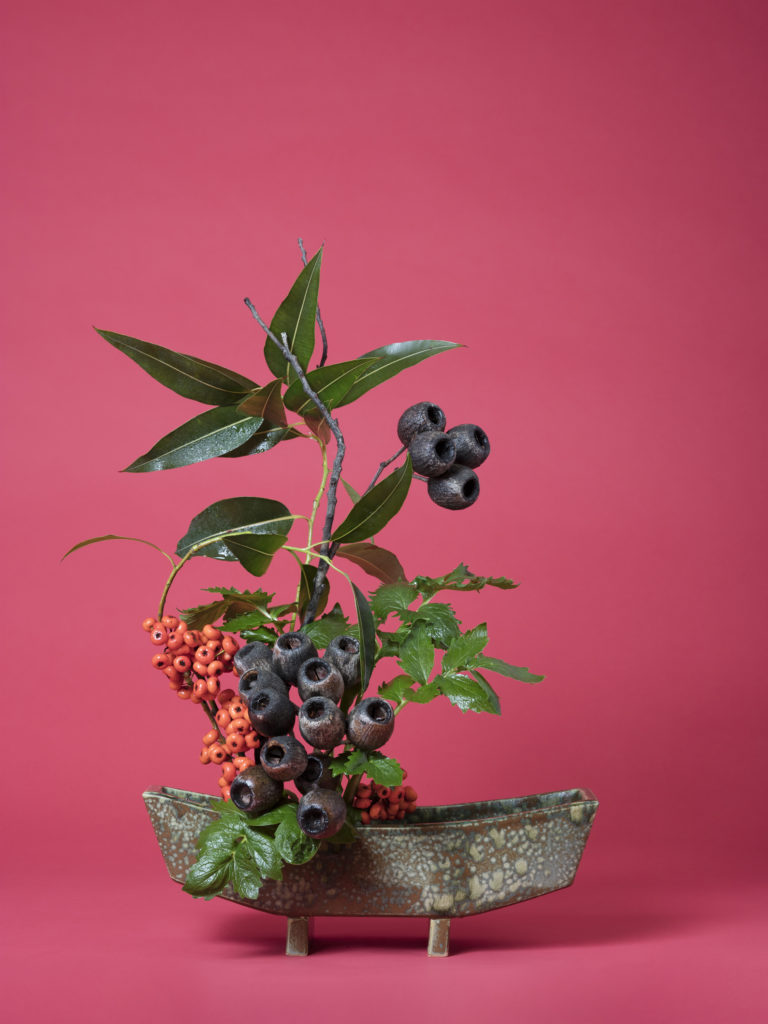
JG: Your process is contingent on archival and historical research. This series zeroes-in on a particularly feminist history of access and control. Tell us about how the works embody herbal medicinal lore and tell stories that reach back to ancient times but are still unfortunately, painfully relevant. Can you expand on your interest in botanical history and the source material you were drawn to?
AS: I discovered a myriad of fascinating and transformative materials about the history of emmenagogues and abortifacients during the course of my exploration. I wanted to take those who encountered the work on a research trip not unlike my own. Jane says is made up of a series of large photographs and a performance artwork entitled The physical garden. It is approximately 20 minutes long, and involves one or two performers who read a curated set of quotations I assembled from my research; they also disassemble and interact with plants while narrating these vignettes. The physical garden charts a kind of voyage of the mind across the scientific, botanical, political, and social contexts surrounding the use of these plants. These sources include astonishing and scholarly works like Eve’s Herbs by John Riddle, witchcraft websites, botanic and gardening volumes, new histories of plants such as The Cabaret of Plants by Richard Mabey, and The Big, Bad Book of Botany by Michael Largo. Then there was the post-apocalyptic and almost science fiction text, The World Without Us by Alan Weisman, feminist re-evaluations of discovery narratives around plants such as the incredible Londa Schiebingers’s Plants And Empire: Colonial Bioprospecting in the Atlantic World, and encyclopaedic or dictionary-type treatises such as Susun Weeds’s Wise Woman Herbal For The Childbearing Year. I was interested in all the many lenses that can be applied to this subject: genetic engineering, medical histories, pharmaceutical commercialisation, non-traditional and non-Western knowledge systems around plant medicine, etc. I wanted to reconfigure our relationship with this aspect of nature, to convey a weighty and expansive sense of its real and palpable power over us.
Here is a quote excerpted from the performance to give you a sense of one aspect of this excursion:
Petiveria was not only known as an abortifacient in the Americas, but its contraceptive properties were well known among European scholars and physician-botanists of the early eighteenth century onward. As the chain of knowledge about contraceptive plant properties was broken and medicine was professionalized in Europe in the same century, early modern medical and botanical publications either show restraint upon divulging birth control information or omitted it altogether, as the writings on Petiveria suggest. The largest change during this period seems to have occurred in the late eighteenth century, when anything explicitly causing abortion is extremely limited in official botanical publications. Discussions of menstrual regulators and stimulators and more subtle descriptions of abortifacient plants were sharply reduced in botanical and pharmaceutical publications. Herbals almost disappeared. (O’Donnell, Rachel. (2016). ‘Politics of Natural Knowing: Contraceptive Plant Properties in the Caribbean.’ Journal of International Women’s Studies, 17(3).)

JG: It’s interesting that you intuited and ‘mapped’ a dialogue between your subject and the tradition of still life photography. Tell us why you chose Ikebana—does its cultural specificity come into play here? Do you have a prior relationship or knowledge of Ikebana? Did you consider other traditions of flower arrangement that didn’t fit the project?
AS: I am a childhood florist and long-time collector of Ikebana magazines, many of which I have acquired over the years from second-hand shops. Most date from the 1970s. I am interested in the aesthetics and by extension the ideology of printed matter produced during the height of second-wave feminism, and which I have incorporated in to my works (for example the bold, single-colour backgrounds). I learned basic Ikebana concepts and techniques at Saturday morning classes over several months here in Wellington, Te Whanganui-a-Tara.
I sensed that the techniques incorporated elements of control and discipline that related conceptually to the power the plants I had researched can exert over a body. There is role reversal at work here, a kind of ‘face off’ between the forces of humanity and the plant. My works are in conversation with gestures that a student of Ikebana might encounter. I can’t and don’t regard myself as any kind of expert, nor do I see my plant constructions as Ikebana. It’s the visual tropes of manipulation and control that deeply connected to the context I wanted to create for my images—that conflict between the absolute power of nature and the way Western culture has attempted to control it. Other floral art traditions have different resonances, and so are not relevant here, at least for me. I am also interested in engaging with the ritual of botanical art, which in Western custom and practice is traditionally coded as feminine. Conversely, in the Japanese tradition, Ikebana was once the domain of men only.

JG: One of the flowers, herbs and plants you’ve arranged in each vase have been used at some point in history as part of a preparation to treat or attempt to treat reproductive health issues. You title each image after a female archetype: “The Floozy”, “The Vixen”, “The Hysteric”, and so forth, and the works of Arcimboldo come to mind, though obviously you aren’t creating trompe l’oeil portrait heads. The arrangements seem to stand as ‘cultural’ portraits—herbaceous composites with several layers of meaning, personified by a single ‘figure’. Is this something you intended? Do references to portraiture lend the images yet another layer of power and meaning?
AS: My images can definitely be read as portraits of missing, lost, or unknown women. In this sense, they invoke the often-discussed relationship between photography and death: photography as “little death” or a moment never to be repeated; photography as recall or epitaph. I am interested in collapsing all kinds of visual clues and systems in this work – still life, vanitas, the tradition of botanic illustration, domestic flower arranging, 19th century art and photography from the domestic sphere, such as that of photographer Julia Margaret Cameron. I love that you recalled Arcimboldo, an artist who has had significant influence on contemporary photographers like Simryn Gill and Christian Thompson, and their use of plant matter in their work. The genre of still life too invokes a sense of absence or loss, photographically in particular, and there is a cut in the continuity of time and an emphasis on the fragment that is produced and set apart from others. I think those women who I read about in the books of Margaret Sparrow are present somehow in my “herbaceous composites,” as you call them. They are troubling these contained, domestic plant portraits.
There is another prescient device operating here, an engagement with the limitations of the medium of photography and its surface qualities. I have attempted to highlight the seductive and spectacular qualities of photography as a means to draw in the viewer initially: the surface qualities of these glossy and very detailed images, the colour, etc. I coupled these aspects with the depth and layered resonances of context and research, (which the physical capacities of photography does not accommodate), through the performance element (The physical garden) and the printed matter components. This is critical for me, as it provides a way of addressing and complicating photography’s predominantly monocular narrative. I am trying to mess up the system we use to glean meaning from images, to take things beyond the soothing, visual cognitive process at work in advertising images, for example. I am attempting to augment that process with layers of deep resonance, with displaced and sidelined perspectives and complex contextual knowledge.
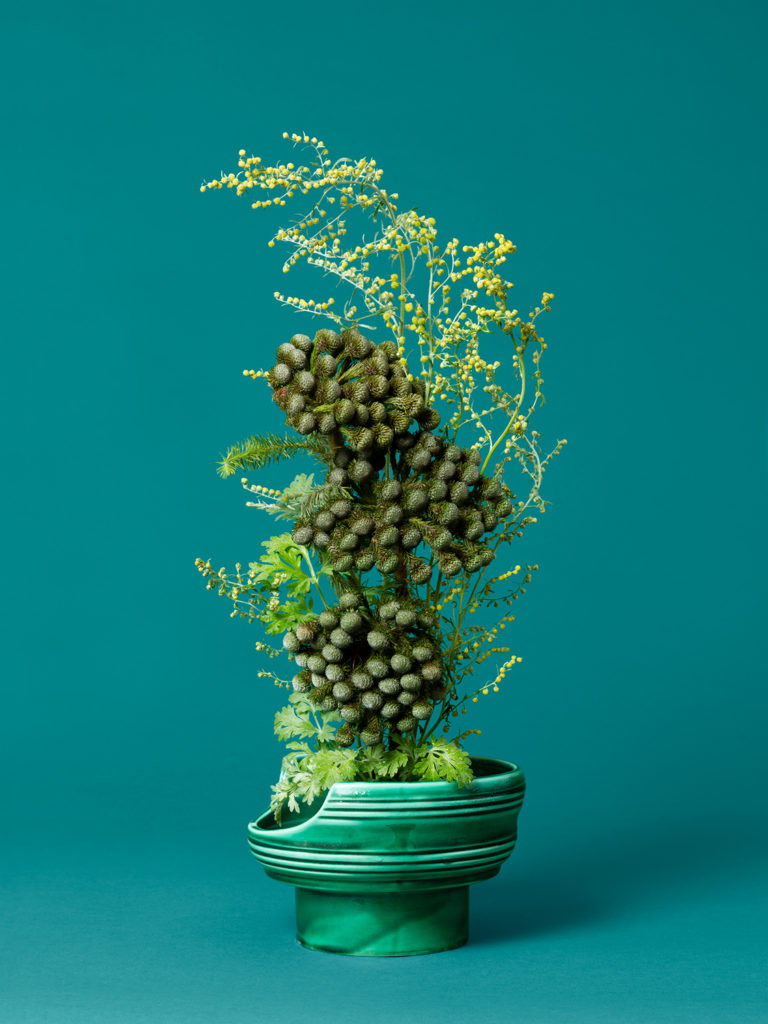
JG: Can you describe the interplay of science, medicine and historical botanical uses vis-à-vis visual artifice and symbolism in these works? I am thinking also of the way the various histories of photography (its progression from scientific tool to other kinds of documentary uses and artistic medium) come to bear in these images.
AS: I am not a botanist and the nomenclature of scientific plant analysis is incredibly complex. My works also engage a history that has been communicated both through oral and mythic narratives that have been lost and reclaimed over centuries, as well as scientific ones.
In locating these plants there is an element of non-specialist interpretation perhaps akin to the historical actions of women attempting to source these plants as part of a lived experience. What is most important to me is the discussion that is invoked. The feminist analysis of how particular information about these plants was suppressed at different points in history by male botanists from the Western scientific tradition is also particularly interesting for me here and there is a lot of thought-provoking scholarly work being done in this area which I am interested in engaging.
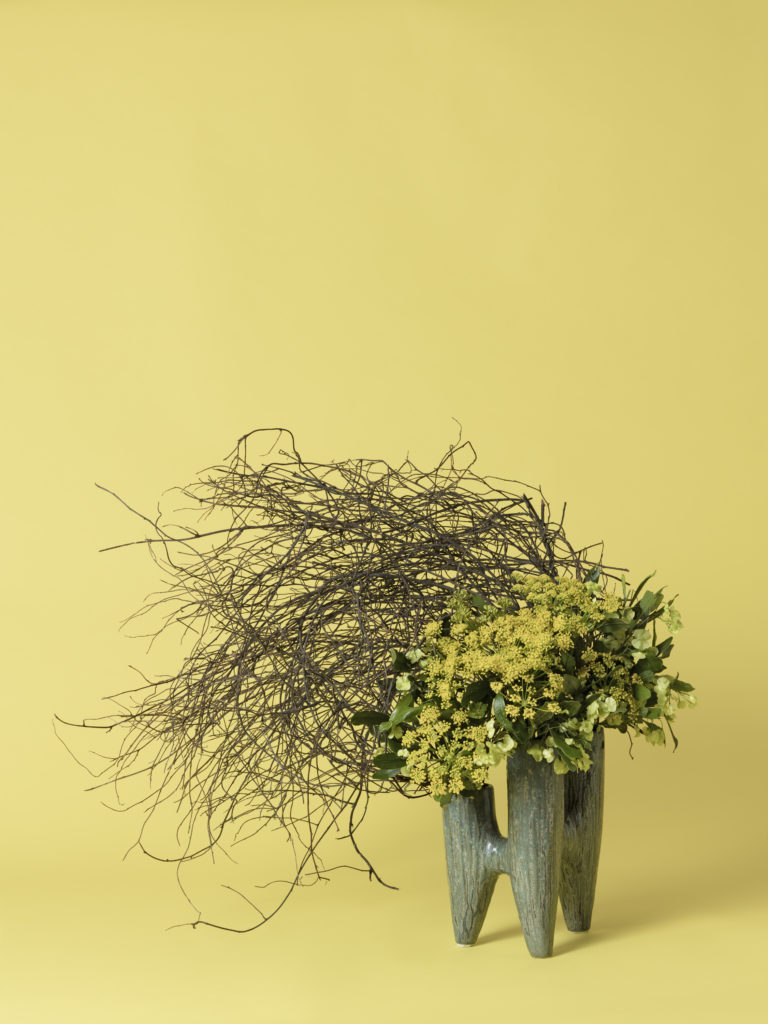
JG: What have you gleaned from the experience of making this work? How has it changed you personally and as an artist? Where to next?
AS: While art tends to raise more questions than it answers, these works do relate to the urgent conversations taking place right now in America and here in Aotearoa. Making a body of work that resonates with the incredible capacity of the female body and how contemporary society attempts to control it, and then exhibiting that work in the US with its polarised history of body politics, activism, and protests around abortion rights, has been an at once challenging and galvanizing experience.
The series has also changed how I approach my practice and how I make photographs. It has opened up tremendous new opportunities for conversations to take place outside of Aotearoa, and has been a bit of a gateway series for me in that regard. I am deeply disturbed by the repealing of women’s rights being attempted right now via the ‘heartbeat bills’, and the spectre of this regression and its real-life impact on the lives of individuals, both women and men. These are the difficult conversations that spin around the work. It’s a complex set of problems and I think that’s an interesting place from which to operate and to produce art. It’s not just complex in the US either; Aotearoa is in the process of attempting to remove abortion from the Crimes Act, and as the bill had its first reading in Parliament, all the old arguments keep coming out of the ministerial woodwork. Some of our “statesmen” politicians are looking very tarnished in light of their responses.
As you will have heard, we have a Prime Minister who brought her baby (born during her term as Prime Minister) to the UN, a move that made many intensely proud. However, we have our own deep failings, which include underfunded women’s health treatments, a history of botched cervical screening protocols, and a legacy of casually incarcerating women in asylums.
I have several new projects in development; the most recent is the outcome of my long artistic engagement with the lives and actions of women who have transgressed, and the ways that their narratives and histories have been controlled and communicated through visual representation, particularly in Western art and photography. I am especially engaged with the ongoing impacts of these “habits of vision” as they endure and resonate in the contemporary context.
The longer I am involved in researching and making artworks, the more questions I have, and the more manifold and interconnected the threads of my enquiry become, circling back to link to my earlier concerns, while also stretching out into the future. These new images will investigate the medical and social misrepresentation of women through a series of large-scale still-life photographs and a recurring performance. Each image will present at first as a prodigious arrangement of incongruous plants and other materials. Individual photographs will be correlated with a historic or contemporary female archetype; in the symbolic form of the arrangement, its vessel and plant matter, and metaphorically through the title. This layered visual ontology will be channelled through startling, visually uncouth and wanton arrangements of elements such as thorny plant matter, smoke, and fabric. Through their engagement with archetypes, these images will draw on the emblematic symbolism of Enlightenment and European Renaissance art and more recently photography. Larger than previous works, and more out of control than ordered, each image in the series will address and resemble the aesthetic and conceptual register of its related history.
Disclaimer: This work is not intended as medical advice. Do not ingest these plants, as they are poisonous and can be deadly.
